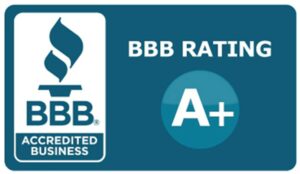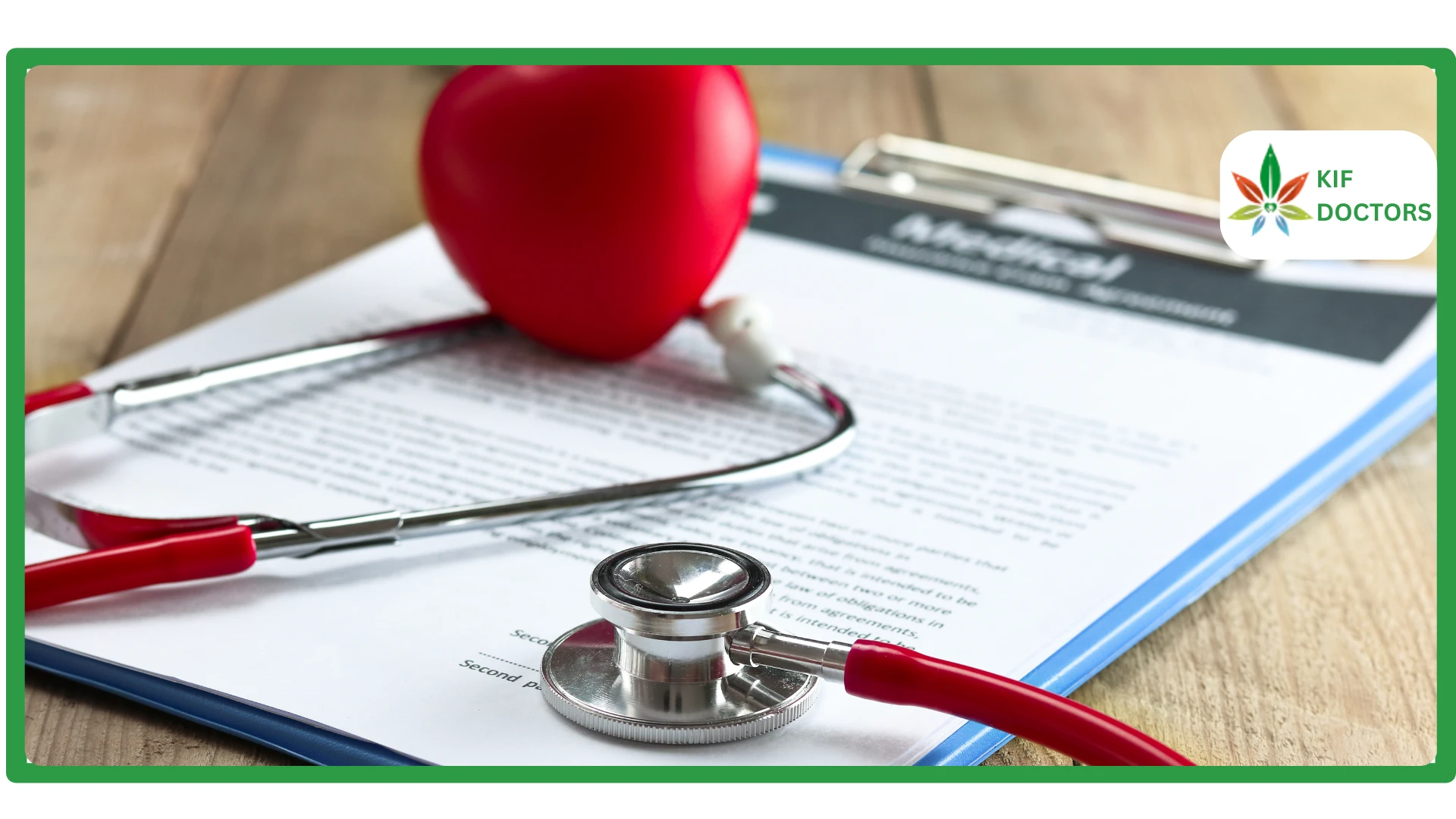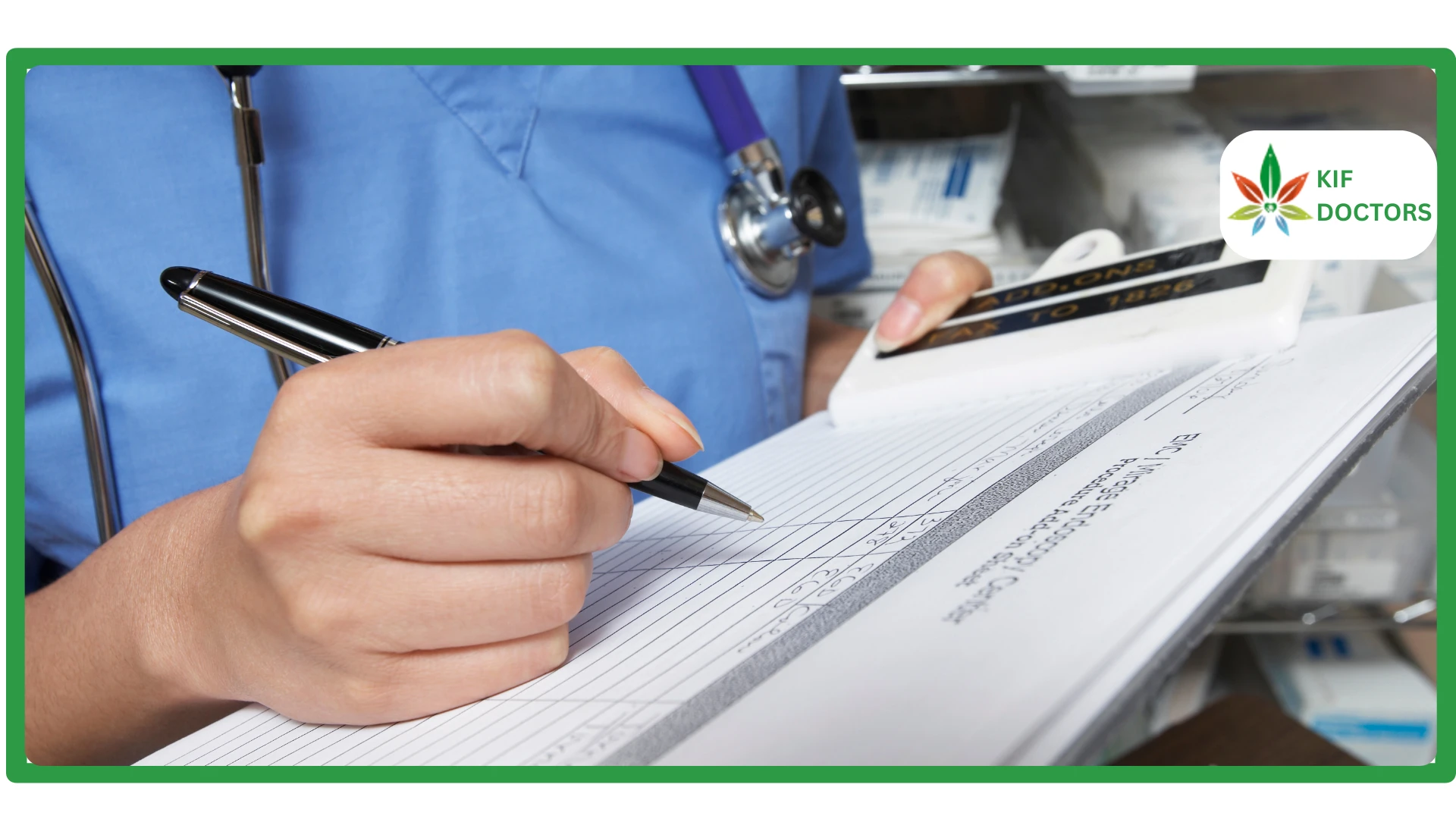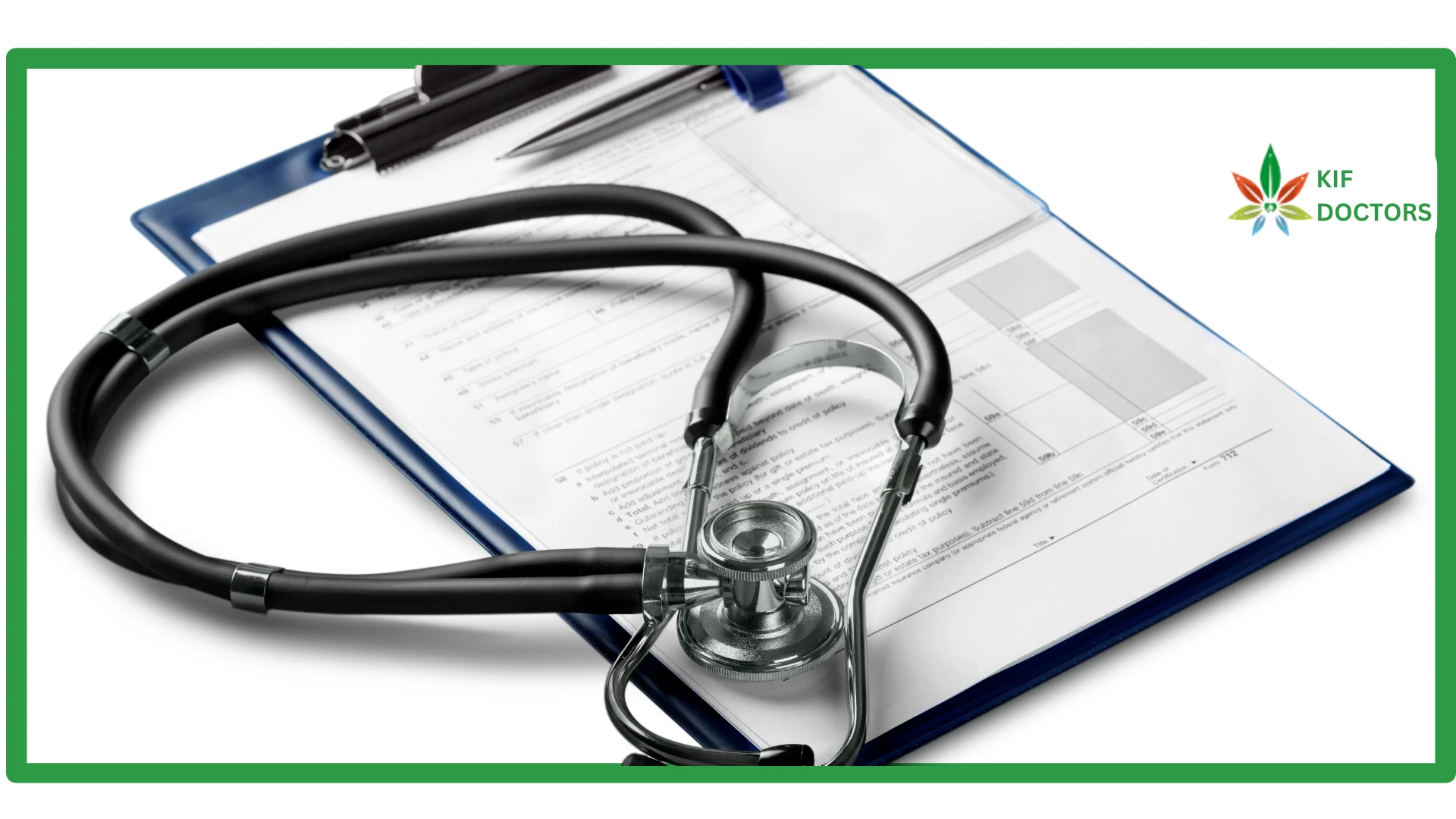Many lives have been transformed by testosterone replacement therapy (TRT), which increases energy, lifts mood, stimulates sex drive, and increases muscle strength. One question, however, looms large, especially for those considering parenthood or who wish to preserve their fertility: Can TRT permanently impair fertility and can it subsequently be restored?
Don’t Wait, Reclaim Your Vitality – Click here to Book Your TRT Consultation Now!
A new generation of medical protocols, adjunct therapies, and personalized care plans promises to improve the likelihood of a positive outcome by 2025. Using expert protocols and public research, this article explores the effects of TRT on male fertility, the reversibility of TRT, and the most effective methods to reclaim sperm production.
Top Ways TRT Impacts Male Fertility
Male reproductive systems may be affected unintentionally by TRT, as it introduces external testosterone. Hormone benefits and fertility concerns must be balanced by understanding this mechanism.
1. Suppression of Gonadotropin Production
TRT affects the hypothalamus and pituitary glands by reducing or stopping the production of luteinizing hormone (LH) and follicle-stimulating hormone (FSH). The LH hormone promotes the production of testosterone in the Leydig cells, whereas the FSH hormone is essential for spermatogenesis, which is what happens during testicular development.
Sperm production can decline dramatically without these signals. As a result of the gonadotropin suppression caused by TRT treatment, one of the most significant effects on fertility is the decreased production or suppression of gonadotropins within a few weeks, as well as the individual's hormonal response to the treatment.
2. Loss of Testicular Volume
When LH and FSH levels drop, sperm production dwindles, leading to shrinkage of the testes. There is a correlation between a decline in testicular volume and a decline in fertility.
TRT does not cause massive shrinkage in men, but many report measurable shrinkage after several months. Low intratesticular testosterone and suppressed sperm production are contributing factors to this effect.
3. Decreased Sperm Production
Decreased levels of FSH and LH result in a decrease in sperm production volume. In the majority of men, sperm production drops considerably following 3-4 months of initiation of testosterone replacement therapy.
In particular, this has a significant impact on men trying to conceive. When sperm production is irregular, the volume and quality of semen may decrease.
It is not uncommon for individuals to maintain low levels of sperm, but others will drop below the fertility threshold, resulting in infertility for a short period.
4. Altered Semen Quality
TRT affects both the quantity and quality of semen. Fertility is primarily impacted by men's reduced motility and altered morphology.
In response to hormonal shifts, accessory gland secretions can alter the nutritional environment of sperm. There is a significant reduction in the chances of conception due to this compound effect.
5. Hormonal Imbalance and Feedback Loops
The introduction of exogenous testosterone can disrupt the body's hormone balance—the conversion of testosterone into estrogen by aromatase results in increased testosterone levels.
LH and FSH are further suppressed as a result of estrogen elevation, further affecting testicular function. The effects of this cycle exacerbate fertility impairment and complicate the recovery process. Semen characteristics, as well as libido and mood, may also be affected by elevated estrogen levels.
How reversible is TRT-induced infertility?
The possibility of regaining fertility after TRT exists, but it doesn't happen automatically or immediately. Based on recent scientific and clinical data, here are the following findings are:
1. Recovery time after discontinuing TRT
As the hypothalamus-pituitary axis ceases to receive TRT, production of LH and FSH gradually resumes. Testicular function and sperm production can be restarted within three to six months, depending on the level of hormones. The length of recovery depends on your age and the duration of your therapy.
There is a high rate of testicular tissue recovery, but recovery may be incomplete or slow for some patients. The majority of patients achieve baseline parameters within a few months. Still, some will require an additional year to regain their baseline parameters, particularly those who are older or who have had extensive TRT treatments that suppressed their fertility.
2. Age and Duration
The length of TRT and the patient's age have a significant impact on how quickly fertility returns. The regenerative capacity of the testicular tissue in young men is greater, resulting in faster recovery.
Especially when treatment is extended beyond six months, the hypothalamic-pituitary-gonadal axis can remain suppressed for a longer period, delaying recovery. Getting their sperm count back to the level it was before TRT can take up to 12 months for men over 50.
3. Impact of Pre-fertility Issues
To recover after TRT, baseline fertility plays an important role. Once TRT has been discontinued, men with normal baseline sperm counts often bounce back quicker.
There may, however, be a prolonged recovery period for those who have prior fertility issues, such as low sperm counts, varicoceles, or hormonal imbalances. The fertility of individuals who were previously borderline can fall further after TRT.
4. The Role of Adjunct Medications in Reversal
Several adjunct therapies can significantly accelerate fertility recovery following TRT, including hormone therapy, clomiphene citrate (Clomid), and inhibitors of aromatase. While hCG stimulates the production of LH and FSH by Leydig cells, clomiphene triggers their release by stimulating the axis.
According to clinical studies, these therapies reduce recovery time by 30-40%. Most men who use these after TRT see their sperm regenerate within three to four months instead of six to twelve. The adjunct therapy is therefore a cornerstone of the fertility restoration process.
5. Complete vs. Incomplete Recovery Scenarios
The majority of men who stop TRT restore their fertility, but a small percentage may not. An incomplete recovery is more likely in those who have prolonged TRT exposure, are old, or have underlying fertility concerns.
There are rare cases of irreversible hypogonadism in which fertility cannot be restored without assisted reproductive technologies, such as in vitro fertilization (IVF). In most cases, however, recovery is possible with the proper guidance.
What Are Fertility Restoration Options
The medical profession offers strategies for regaining fertility after TRT. As part of the treatment program, medications are used to trigger hormone signalling again, as well as techniques to protect sperm.
1. Human Chorionic Gonadotropin (hCG) Therapy
The hormone mimics LH and induces the production of intratesticular testosterone by Leydig cells in the testes. During or after TRT, 1,500 IU of hCG per week or 500 IU per week can improve testicular size and sperm production.
It preserves fertility potential when used in conjunction with TRT. The use of hCG after stopping TRT is often beneficial in jumpstarting recovery, resulting in a rise in sperm count within a few months. An optimal dose and response can be ensured through regular lab monitoring.
2. Clomiphene Citrate (Clomid) Use
The hormone clomid increases the secretion of LH and FSH by blocking estrogen's feedback to the pituitary. The dose ranges from 25 to 50 mg daily, boosting testosterone and sperm production.
Aside from enhancing LH/FSH signalling, clomiphene is used in conjunction with thyroid replacement therapy or as part of recovery protocols. There is evidence that sperm count can be restored more quickly with this therapy than without any adjunct therapy, especially in combination with hCG. An integrated fertility restoration approach often includes clomid.
3. Aromatase Inhibitors as Adjuncts
Anastrozole and letrozole are aromatase inhibitors that reduce testosterone conversion to estrogen, optimizing hormone balance. As estrogen levels remain within ideal ranges, LH and FSH are not negatively affected, thus improving fertility.
There is a strong correlation between AI therapy at low doses along with TRT and hCG or clomiphene. The correct dosage and monitoring are crucial for some men who experience hormonal imbalances or mood swings. Aromatase inhibitors are beneficial for people with a high level of estrogen dominance or high aromatase activity.
4. Sperm Banking & Assisted Reproductive Tech
If a man intends to have a child during long-term TRT, preserving sperm before therapy is a proactive solution. The storage time of sperm in sperm banks ranges from five to ten years. It is possible to use stored sperm during IUI or IVF if fertility does not fully return.
By doing this, reproductive options are not dependent on the outcome of therapy. Despite its cost, sperm banking gives men peace of mind and certainty, especially after 40 or with existing fertility problems.
5. Lifestyle-driven healthy natural recovery
It is crucial to optimize your lifestyle if you want to restore fertility: alcohol reduction, smoking cessation, stress reduction, and better sleep support hormonal recovery. A healthy sperm count on nutrients such as zinc, selenium, CoQ10, and omega-3 fatty acids.
In addition to regulating insulin sensitivity, exercise —particularly weight resistance and moderate cardiovascular exercise —also supports hormone balance.
How to Manage Fertility Restoration Protocols?
Men who wish to conceive after TRT should follow structured medical protocols to maximize their chances of success. The following methods can be used to manage fertility restoration protocols:
1. Structured hCG Plus Clomid Protocols
It is common to use 1,500 IU of hCG in conjunction with 25–50 mg of clomiphene, administered every two days. Through this combination, intratesticular testosterone is stimulated while pituitary signaling is restored.
A sperm count can be restored to 70–90% of men after this protocol has been used for three to six months post-TRT. To ensure the treatment is effective for the specific patient, hormone levels are assessed, and adjustments are made accordingly based on the findings.
2. Regular Semen and Hormone Monitoring
Monitoring sperm count, motility, and morphology should be conducted every 8–12 weeks to track recovery. An accurate blood test should measure testosterone, estradiol, LH, and FSH levels.
Using this data, you can determine whether your current regimen is effective or if adjustments are needed. In the event of a stalled recovery or hormonal imbalance, close monitoring offers an early opportunity to modify the process.
3. Specialist Referral When Recovery Stalls
Fertility should rebound within six months of a fertility restoration protocol; however, if that doesn't occur, a fertility specialist or urologist should be consulted. Among the advanced diagnostic techniques they can use are testicular biopsy, genetic testing, and hormone stimulation tests.
The optimization of intervention strategies and improvement of outcomes can be achieved by identifying issues like varicocele, anti-sperm antibodies, or micro-TESE candidates.
4. Transitioning Back to TRT Safely
The implementation of a transition plan can begin once analyses of semen confirm restored fertility. Low-dose TRT combined with hCG maintenance, cyclic clomid, or periodic breaks from TRT are all possible options.
Whatever your goals are-sustained energy and muscle or intermittent fertility-you'll need to adapt your approach accordingly. In the case of hormone therapy, you may continue to do so under the supervision of a medical professional without having to worry about your reproductive health.
5. Long-Term Follow-Up and Support
To keep fertility top of mind, men need to monitor their hormone levels and semen quality on an annual basis. As we age, our lifestyles change, and we may develop health problems; even our stable parameters can shift.
It is crucial to provide continuous support, track lab results, and make adjustments occasionally to ensure long-term success. To maintain peace of mind, providers like The KIF include this level of follow-up as part of their packages.
Conclusion
Taking TRT does not have to cost you your fertility. Men who have TRT-induced infertility can usually conceive again, especially when they follow fertility-focused protocols, are monitored, and are treated with care.
A powerful strategy, such as hCG, clomid, adjunct supplements, and sperm freezing, is available for those who plan on becoming parents or who wish to preserve their options.
Our priority at TheKIF is your reproductive health:
- Free Consultation – $0
- TRT New Patient Program – $249
- Monthly Subscription (includes adjunct fertility options) – $149
It is possible to achieve vitality without compromising your future. Make a reservation at TheKIF.com today to begin planning a safe, effective, and fertility-conscious TRT journey.
 Since 2021, Kif offers a streamlined platform to get a medical marijuana card online. We have served more than 45K patients across the United States. Sign Up Now to get the right to use medical cannabis for your health condition without any delay.
Since 2021, Kif offers a streamlined platform to get a medical marijuana card online. We have served more than 45K patients across the United States. Sign Up Now to get the right to use medical cannabis for your health condition without any delay.
























